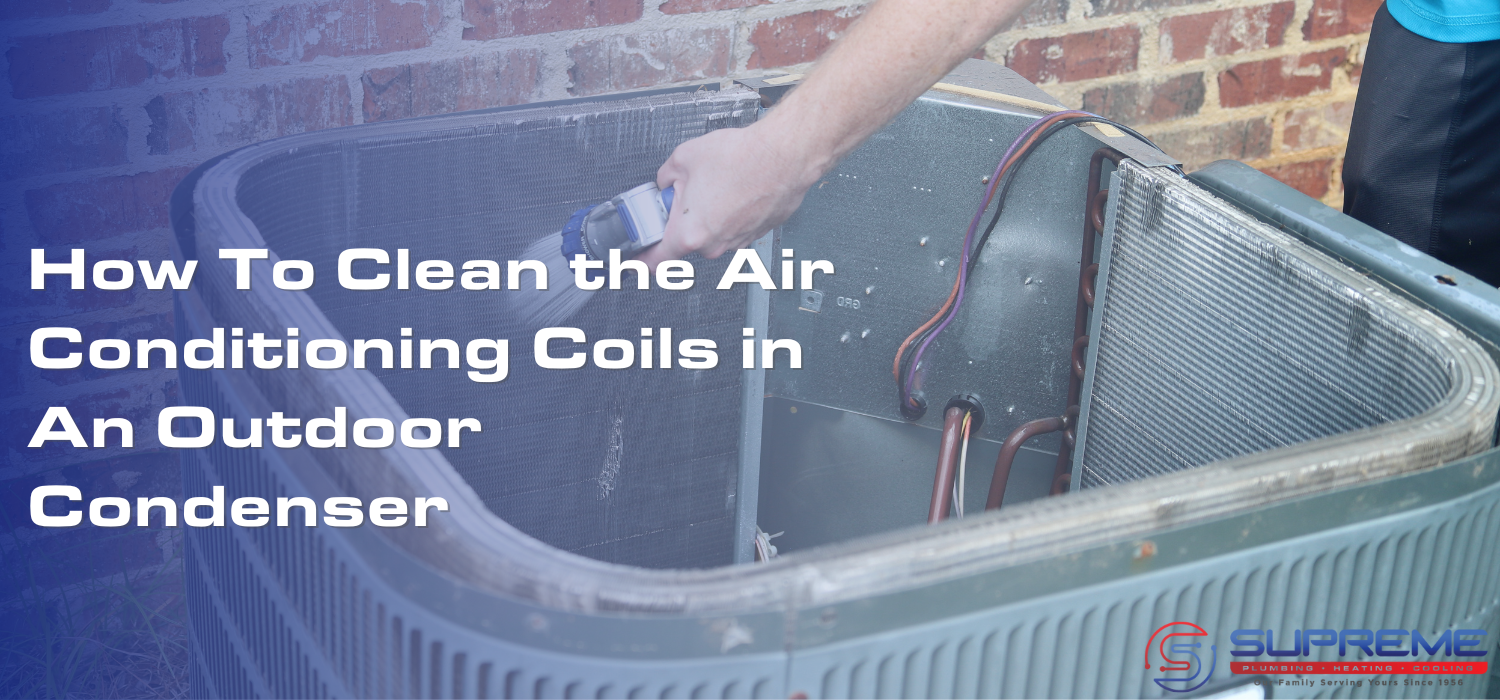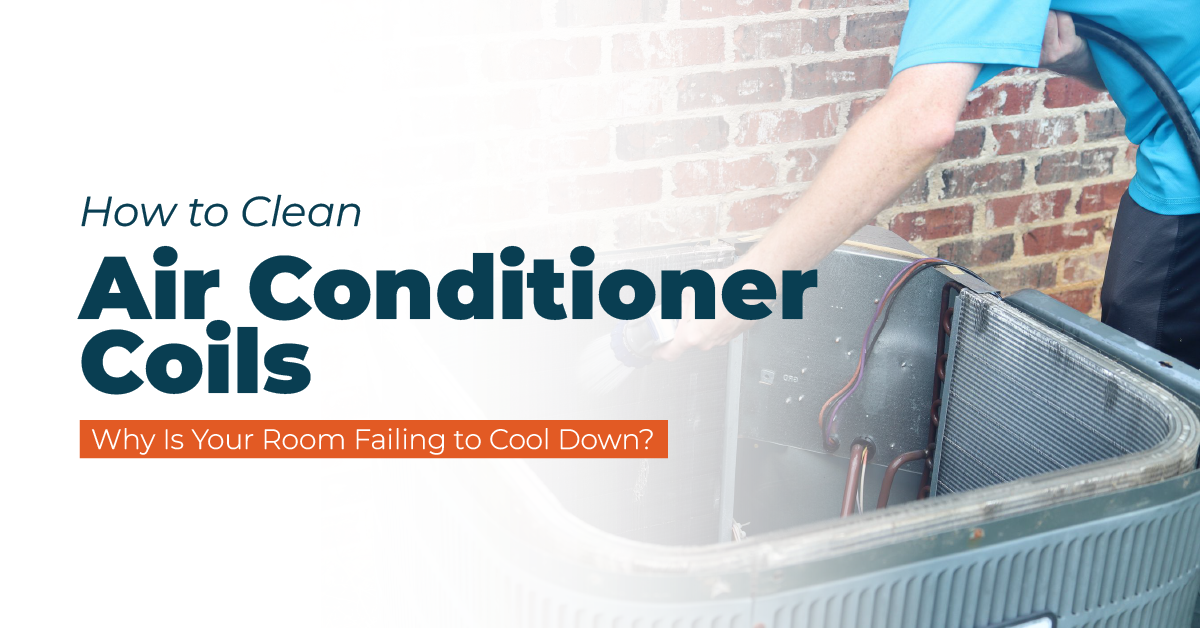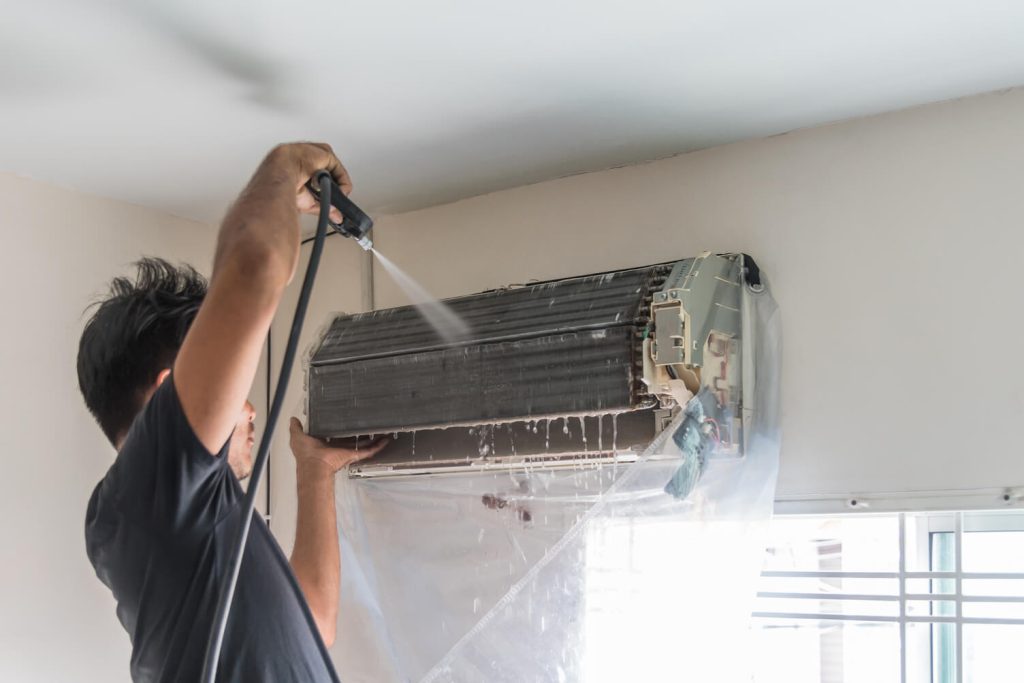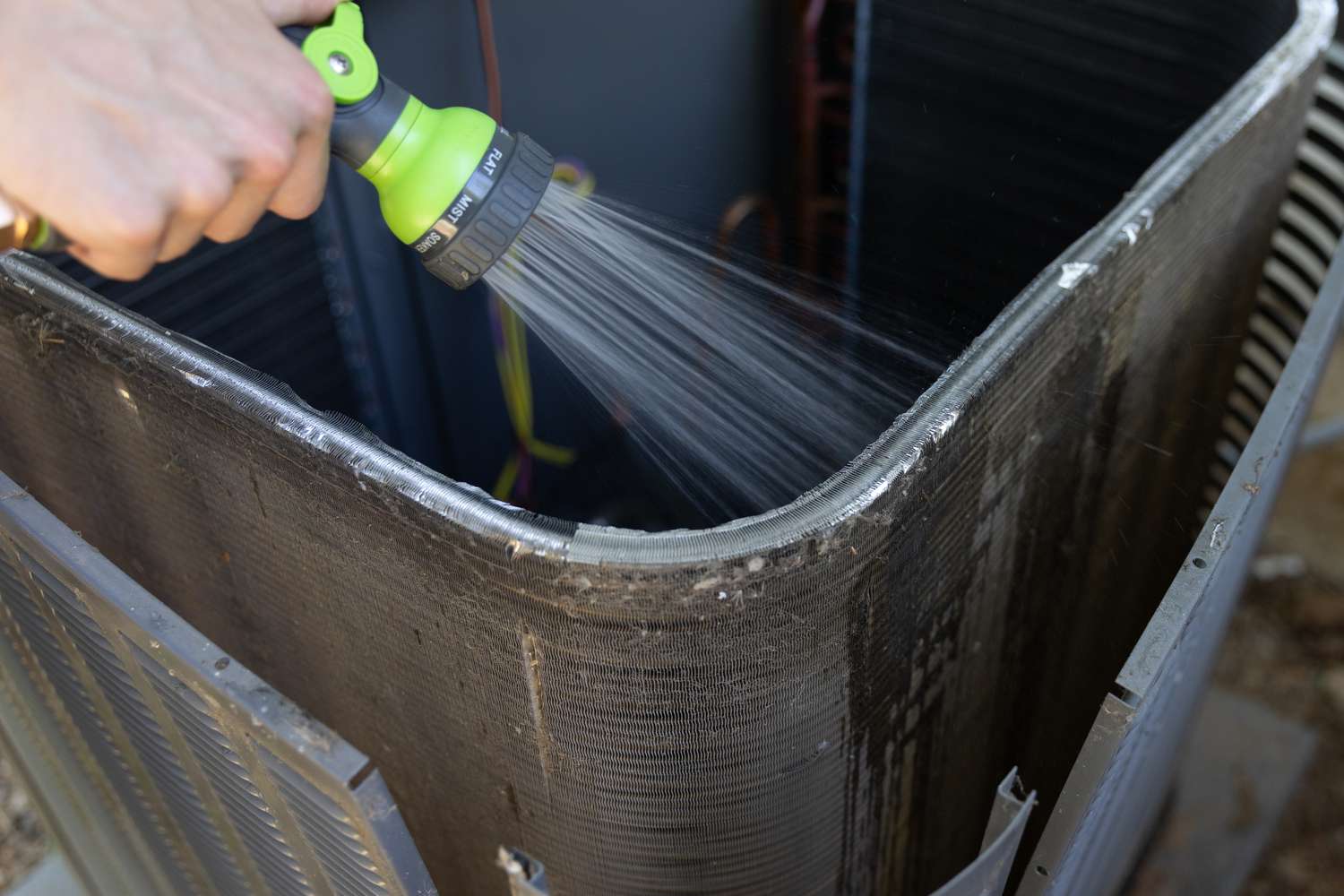How Often To Clean Air Conditioner Coils

The Importance of Clean Air Conditioner Coils: A Comprehensive Guide
Maintaining the efficiency of your air conditioning system is crucial for comfortable indoor temperatures and manageable energy bills. One of the most important aspects of AC maintenance is regularly cleaning the coils. Dirty coils can significantly reduce your system's performance, leading to higher energy consumption, decreased cooling capacity, and potentially costly repairs. This article provides a comprehensive guide to understanding how often to clean your air conditioner coils, covering various aspects relevant to homeowners, HVAC technicians, and facility managers.
Understanding Air Conditioner Coils
Air conditioners utilize two sets of coils: the evaporator coil and the condenser coil. The evaporator coil is located inside your home, typically within the air handler or furnace. Its primary function is to absorb heat from the indoor air. Refrigerant circulating through the coil evaporates, absorbing the heat and cooling the air that is then circulated throughout your home.
The condenser coil is located outside, usually in the outdoor unit. Its role is to release the heat absorbed by the evaporator coil. Refrigerant, now hot and pressurized, flows through the condenser coil, where it dissipates heat into the outside air, condensing back into a liquid form.
Why Clean Coils Matter
Both the evaporator and condenser coils are susceptible to accumulating dirt, dust, pollen, leaves, and other debris. This buildup acts as an insulator, hindering the coil's ability to efficiently transfer heat. When coils are dirty, the following problems can arise:
- Reduced Cooling Capacity: Dirty coils impede heat transfer, meaning your AC system has to work harder to achieve the desired temperature. This results in less effective cooling.
- Increased Energy Consumption: A struggling AC system consumes more electricity, leading to higher energy bills. Studies have shown that dirty coils can increase energy consumption by as much as 30%.
- Compressor Overload: The compressor is the heart of the AC system. When the coils are dirty, the compressor has to work harder to maintain the required pressure and temperature, potentially leading to premature failure. Compressor replacement is one of the most expensive AC repairs.
- Frozen Evaporator Coils: Restricted airflow due to dirty coils can cause the evaporator coil to freeze. A frozen coil further reduces cooling capacity and can damage the compressor.
- Poor Air Quality: Dirty evaporator coils can harbor mold and bacteria, which can circulate throughout your home, impacting indoor air quality and potentially triggering allergies or respiratory problems.
Determining Cleaning Frequency
The ideal cleaning frequency for your air conditioner coils depends on several factors:
- Environmental Conditions: If you live in a dusty or pollen-rich environment, or near a construction site, your coils will likely require more frequent cleaning.
- Pet Ownership: Pet dander can quickly accumulate on the coils, especially the evaporator coil. Homes with pets may need more frequent cleaning.
- Air Filter Maintenance: Regularly changing your air filter helps prevent dust and debris from reaching the coils. Neglecting filter changes will necessitate more frequent coil cleaning.
- System Age and Usage: Older systems may accumulate dirt more quickly. Also, systems used more frequently (e.g., in warmer climates) will likely require more regular cleaning.
General Guidelines:
- Homeowners: Inspect the condenser coil at least once a season (spring and fall). Clean as needed, or at least annually. The evaporator coil should be inspected annually by a qualified HVAC technician.
- HVAC Technicians: Include coil cleaning as part of your routine maintenance visits. Document the condition of the coils and recommend cleaning based on visual inspection and system performance data.
- Facility Managers: Implement a preventative maintenance schedule that includes regular coil cleaning. The frequency will depend on the specific environment and usage patterns of the building. Consider quarterly inspections and cleanings for high-traffic areas or buildings with poor air filtration systems.
Signs Your Coils Need Cleaning:
- Reduced cooling performance
- Higher energy bills
- Unusual noises coming from the AC unit
- Visible dust or debris on the coils
- Musty odor coming from the vents
Cleaning Procedures
Condenser Coil Cleaning (DIY for Homeowners, with Caution):
- Safety First: Turn off the power to the AC unit at the breaker box.
- Remove Debris: Remove any leaves, twigs, or other large debris from around the unit and the coil fins.
- Use a Fin Comb: Straighten any bent fins with a fin comb. Bent fins restrict airflow.
- Gentle Cleaning: Use a garden hose with a spray nozzle to gently wash the coil from the inside out. Avoid using high pressure, as this can damage the fins. Do not use harsh chemicals or cleaning agents.
- Professional Cleaning (Recommended): For thorough cleaning, consider hiring a professional HVAC technician. They have specialized equipment and cleaning solutions to safely and effectively clean the coils.
Evaporator Coil Cleaning (Professional Cleaning Required):
Cleaning the evaporator coil is more complex and typically requires a professional. The coil is located inside the air handler, and accessing it may require disassembling parts of the system. Technicians use specialized cleaning solutions and equipment to clean the coil without damaging it. Improper cleaning can lead to leaks or other damage. The evaporator coil sits in a pan designed to catch condensation. This pan should also be cleaned regularly to prevent mold growth.
Professional Cleaning vs. DIY
While homeowners can perform basic condenser coil cleaning, professional cleaning offers several advantages:
- Thorough Cleaning: Professionals have the tools and expertise to thoroughly clean both the condenser and evaporator coils.
- Safety: Working with electrical equipment and refrigerant can be dangerous. Professionals are trained to handle these risks.
- Inspection: Technicians can inspect the entire AC system for other potential problems and recommend necessary repairs.
- Warranty Considerations: Some manufacturers require professional maintenance to maintain warranty coverage.
Cost Considerations
The cost of coil cleaning varies depending on the complexity of the job and the location. DIY condenser coil cleaning requires minimal investment, primarily in a fin comb and hose attachment. Professional coil cleaning typically costs between $75 and $250, depending on the accessibility of the coils and the extent of cleaning required. While professional cleaning involves a cost, it can save you money in the long run by improving energy efficiency and preventing costly repairs.
Long-Term Benefits
Regular coil cleaning offers numerous long-term benefits:
- Extended System Lifespan: By reducing stress on the compressor and other components, regular cleaning can extend the lifespan of your AC system.
- Improved Energy Efficiency: Clean coils result in lower energy consumption and reduced energy bills.
- Enhanced Air Quality: Clean evaporator coils help prevent the growth of mold and bacteria, improving indoor air quality.
- Optimal Cooling Performance: Clean coils ensure that your AC system operates at its optimal cooling capacity.
- Reduced Repair Costs: By preventing major system failures, regular cleaning can help you avoid costly repair bills.
Conclusion
Maintaining clean air conditioner coils is essential for ensuring optimal system performance, energy efficiency, and indoor air quality. By understanding the importance of coil cleaning and following the recommended cleaning frequencies, homeowners, HVAC technicians, and facility managers can help prolong the lifespan of their AC systems and save money on energy bills. Remember to prioritize safety and consider professional cleaning for evaporator coils and more complex condenser coil cleaning tasks. A proactive approach to coil maintenance will keep your AC system running smoothly for years to come, providing comfortable and efficient cooling.





:max_bytes(150000):strip_icc()/how-to-clean-air-conditioner-coils-5225557-step-13-5e7ba0dafdb744348636dd81b633b225.jpg)




